Before going to the car dealership, the potential car owner begins to learn the available offers, assessing the technical characteristics of different models, their design and value parameters. By the time of acquisition, he becomes actually a professional in assessing cars, freely dealt with the power of the power unit and the benefits of all-wheel drive vehicles in front of samples with one rear or front-wheel drive. But, such indicators as an insufficient or excessive turning of the vehicle are usually not indicated in the technical specifications. At the same time, these values \u200b\u200bto a certain extent characterize the maneuverability and stability of the passenger car. About this further in the article.
Content
- Turning the car, what it is
- Excess car turning
- Insufficient rotation of the car
- Neutral degree of car turning
- How determine the degree of car turning, to what attention
- Why rear-wheel drive cars are prone to insufficient turning
- Why the front-wheel drive machines have redundant turning
- Why depends the car turning
- How automakers reach a reduction in car rotation
- Why the car with mileage rises turning
- How to reduce turning
- Council Profi: recommendations to the driver with the loss of car manageability
Turning the car, what it is
Motorists constantly tracking information about the new products of the automotive industry, not rarely when viewing the results of various test drives face such a term as the "turning" of the car, and it happens both excessive and insufficient. The name itself sounds a bit strange for the hearing of an inexperienced car enthusiast, who believes that the vehicle is either can be rotated, or no - when problems with steering control. But this term carries a slightly different value, and the steering has only mediated attitude towards it.
The concept of "turning" of the vehicle characterizes the degree of controllability by the car under conditions for reducing the grip of the tires with the soil. Car owners who observe the ride regime, avoid steep turns, intensive accelerations and braking, is unlikely to come up with such a problem. In addition, automatic modern stabilization systems, as well as security tools that are equipped with the latest cars of passenger transport, are able to prevent full loss of tire clutch with a road surface. But no car owner is insured against the drift and the corresponding loss of manageability. That is why any driver at least theoretically should know how it threatens changing the level of controllability by the car.
Excess car turning
Excessive turning is the manifestation of partial or complete loss of controllability by the vehicle appearing as a result of a decrease in the adhesion of the rear-wheel drive tires with an expensive. With such a situation, as a rule, possessors of rear-wheel drive cars equipped with a high-power engine are facing. The car enthusiasts there is a joke that "excess turning caused by the desire of the rear wheels of the vehicle to catch up with the front." In addition, the excess turning created artificially, professional riders are used during overcoming steep agriculture, as well as cascaders, in order to demonstrate the effect of drift.
Physics appearance of such a phenomenon is quite simple. During a sharp pressing on the gas pedal on the motor shaft, the torque increases jumps, and the wheels cannot pay off with it when contacting the road. As a result of a low clutch of tires with a track of the wheels, the energy from their twist turns the vehicle in the opposite direction of rotation of the direction. Simply put, the rear-wheel drive power unit seeks to deploy a car in the opposite to the rotary maneuver direction. A similar situation is created in case of emergency braking or during full gas reset on the turn.
Insufficient rotation of the car
Insufficient turning of the passenger car occurs, as a rule, during the sliding of the front wheels of the car when overcoming steep turns at high speed. A similar effect appears with a sharp braking of the vehicle on the rotary part of the road. Insufficient turning manifests itself in the form of the impossibility of changing the trajectory of the car driving when the steering wheel is rotated.
To prevent drift, the ride regime should be performed primarily, not exceeding the speed in those parts of the track on which high-speed limitations are provided. As evidenced by the statistics of an accident, usually accidents that are caused by insufficient handling or its loss due to the excess of speed on the roads, where it is prohibited. Special attention of the velocity of the vehicle must be given on a wet road or when icing (ice).
If the car shows the deterioration of turning, the vehicle has lost control as a result of the loss of tire clutch with an expensive, the motorist needs to either slowly release the accelerator pedal, or reduce the intensity of braking. During the turn, if the road allows, in conditions of entry into the curvilinear portion of the roadway, it is desirable to reduce the angle of rotation of the wheels. Of course, it will not always be possible to solve the problem, but it is always better to try to get out of a semi-digric situation than inactive. Remember, a decrease in the speed mode or intensity of braking should be produced smoothly. If you act sharply, the effect may be opposite.
Neutral degree of car turning
In essence, turning is an indicator indicative of the behavior of the vehicle in turn. The neutral degree of rotation is the middle between excessive and insufficient turning. The situation in which both axes are simultaneously losing the clutch. For the race car driver, this is the most successful situation. In this case, the vehicle without changing the course slides to the outside of the rotation.
How determine the degree of car turning, to what attention
With excess turning, the vehicle turns deeper and faster than the steering was assumed.
Insufficient turning is expressed in a non-essential reaction and weak change in the vehicle rate in response to an identical rotation of the steering wheel.
With a neutral degree of turning, the car passes turns exactly along the trajectory specified by the rotation of the steering wheel.
Why rear-wheel drive cars are prone to insufficient turning
Rear-wheel drive cars are potentially prone to insufficient turning. Contrary to additional infringement, the curvature of rotation increases insufficiently. Rear wheels have a tendency to lag and passing the turn on an arc with a shorter radius. The front axle hits the surface of the road worse than the rear.
Why the front-wheel drive machines have redundant turning
Front-wheel drive cars, due to changes in the tilt axes of rotary wheels, have a tendency to excessive or increased turning. Using the function of the leading-pulling pair, the more loaded front is able to change the slope of the wheels into the region of the expansion center of the turn arc and faster typing the desired curvature of the movement.
Why depends the car turning
In practice, the rotation of the car depends on a number of factors:
- The magnitudes of the Castor angle.
- The angle of installation of the score of the front wheels.
- Directions of the reaction of the suspension and tires on the transverse roll of the automotive body.
The positive angle of the gathering-collapse when turning compensates for the displacement caused by the lateral force. The body roll forces the rack to turn the front and rear wheels on the appropriate arc from the inside, thereby dramatically increasing the radius of the curvature of the car driving the car.
How automakers reach a reduction in car rotation
When designing a vehicle in its design, the norms of insufficient turning are stacked with standard methods. As a result, the effort on the steering wheel is higher and, therefore, the sensitivity to irregularities on the road or control errors is significantly less.
To begin with, at optimal limits, the angle of the caster is selected, usually not more than 1.6 o.In conditions of higher corners of the front wheel suspension of the car requires the use of special compensation mechanisms. However, such solutions also take place, for example, in Mercedes-Benz cars, the Castor is capable of reaching 10-12 o.
The next way to get rid of excessive turning is a decrease in the height of the center of gravity while reducing the car clearance and increasing the radius of the wheels.
If the design of the car was impossible to produce the above measures, a more radical method was used. For the sake of increased controllability of the car, it was necessary to sacrifitter and mount more rigid shock absorbers and springs. In addition, the increased stiffness of the suspension warned the transverse and longitudinal swaying of the body at high speeds and even gave the opportunity to enter the rotation with the help of artificially caused by driving, which increased the maneuverability of the vehicle, even with insufficient rotation.
Why the car with mileage rises turning
In cars with a large mileage, excess turning is caused by non-structural defects of the car, but by the substantial wear of the main hubs of the suspension, in particular fingers, ball supports, as well as swivel steering joints.
In addition to the listed, the reduction of the springs, springs, the deformation of the transverse stabilizer beams significantly affects the increased rotation.
How to reduce turning
There are several ways to reduce rotation:
- By replacing standard shock absorbers on reinforced variations.
- Reducing the height of the clearance using the installation of more rigid and short springs.
- Check and restore the effective operation of the steering mechanism with the rail and gearbox.
It is worth noting that the use of larger diameter tires than is provided by the standard package, adds a car turning, if additional spacers have not been used, which increase the width of the car's ruts.
Council Profi: recommendations to the driver with the loss of car manageability
- In conditions of drift and slippage of the car, avoid a panic state in every way.
- At the first signs of the loss of controllability, avoid steep steering, sharp gas discharge and pressing in the brake pedal.
- Slowly reduce the speed of the power unit, smoothly releasing the gas pedal.
- When driving the steering wheel should be in the same position as at the very beginning of the loss of tire clutch with an expensive.
Related Materials
- Stove 2110, bad warm stove 2110, VAZ 2110 heating system, repairing the heating system VAZ 2110 with their own hands
- VAZ 2114 stove blows with cold air, stove 2114, bad warm stove VAZ 2114, device and repair of heating VAZ 2114 do-it-yourself, removing the stove VAZ 2114
- How to subdominize the car. How to put a jack. Types of jacks for cars.
- VAZ 2109 Fuse Block, VAZ 2109 Fuse Block Carburetor, VAZ 2109 Fuse Block Injector, Old VAZ 2109 Fuse Block, VAZ 2109 Fuse Block, VAZ Fuse Block 2109
- Car exhaust gas catalyst, faulty catalyst, pluses and cons of the catalyst, how to change the catalyst for the planeencitel
- Stove blowing cold air VAZ 2114, badly blowing the stove VAZ 2114, why badly blowing the stove VAZ 2114
- How to find out the owner of the car by the number of his car, check the car by the number of the traffic police machine, check the car by the state number of the car for free
- How to choose Used tires, Useful Tips
- Winter car road, pressure in passenger car tires in winter, good battery for the car in winter, whether to warm the car in winter
- In winter, the car is poorly started. How to make a car in winter, do you need to warm up the car in winter, useful tips
- Economy fuel consumption machines, the most economical car consumption
- Tires brands for passenger cars, labeling of car tire labeling, residual passenger car tire protector, how to pick a tire on a car brand, car tire tread pattern
- Working transmission operation, mechanical gearbox clutch work, driving with manual gearbox, useful tips
- Rear beam Peugeot 206 sedan, rear beam device Peugeot 206. Rear beam Peugeot 206 Malfunction, repair of the rear beam Peugeot 206
- Diesel fuel in winter, additive for diesel fuel in winter, how to choose the best diesel fuel
- Diesel winter does not start. How to start diesel in winter, heating diesel in winter.
- Japanese bridgestone tires, winter studded bridgestone tires, bridgestone tires brand
- Tire marking decoding for passenger cars, labeling wheels, how to choose the right tires on the disks
- Diesel engine in winter, launch of the diesel engine in winter, what oil to fill in a diesel engine in winter, useful tips
- LED backlight of the car, the backlight of the bottom of the car, the backlight of the legs in the car, the backlight in the door of the car, the backlight of the car is fine
- Recovered tires, bus tire, restored tire protector, can I use them
- Choose winter tires, which is a winter tires, which pressure in winter tires should be marked with winter tires, how to choose the right winter tires, the best winter tires 2019
- Steering rail rail, knock of steering rack, reasons for the knock and repair of the steering rack do it yourself
- Cameless car tires, a set for repair of tubeless tires, repair of the cannon-free tire do it yourself
- Russian tires, Russian tires Winter, Russian All-season tires, Voronezh AMTEL tires, Tires "Matador Omsk Tire", Kama-tires are world-class bus
- How to open a car without a key. Lost the key from the car what to do, the key from the car inside the car
- Silent tires, quiet winter tires, quiet studded bus, which tires to choose, overview tires
- Tires and safety, safety of the bus, why it is necessary to constantly monitor car tires
- Rules of safe driving of the car in the rain and slush, safe driving of the car for beginners
- Rust converter which is better for cars, rust converters to choose how to use rust transducer, professionals
- Polishing the body of the car do it yourself, how to choose a polishing paste, useful tips
- Engine durability, engine life, how to extend engine life
- Knock in the car. Knock when moving the car. What can knock in the car. How to determine the cause of the knock.
- ABS car, what is ABS car, ABS system malfunction, ABS diagnostics
- Overtaking a car when you can start overtaking a car, rules of traffic rules
- Fuel pump VAZ 2110, VAZ 2110 gas station scheme, VAZ 2110 fuel pump device, VAZ 2110 gas station repair,
- Automotive antennas for radio, automotive antenna device, car antenna do it yourself
- Front suspension Kalina, device front suspension Kalina, knock in front suspension Kalina, repair of front suspension Kalina
- Shock absorber Oil, best oil shock absorbers, pumping oil shock absorbers, how to properly pump oil shock absorber
- Clutch malfunctions, touches clutch, causes a clutch malfunction, how to eliminate
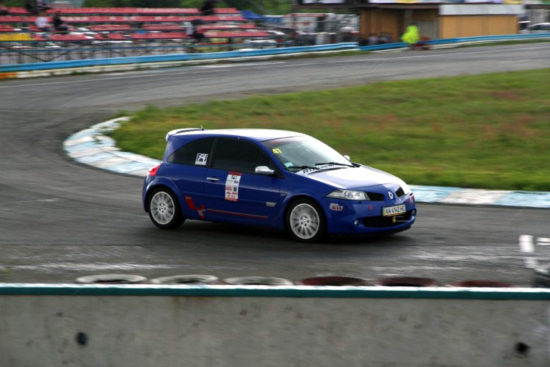
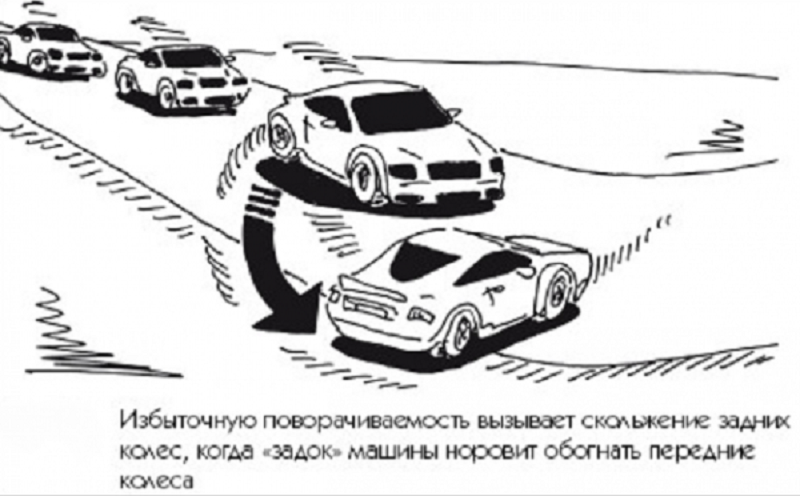
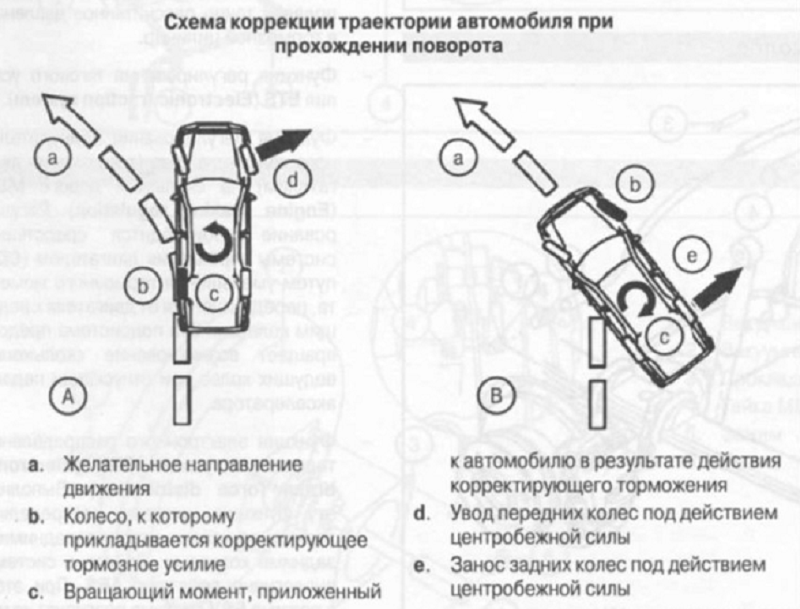

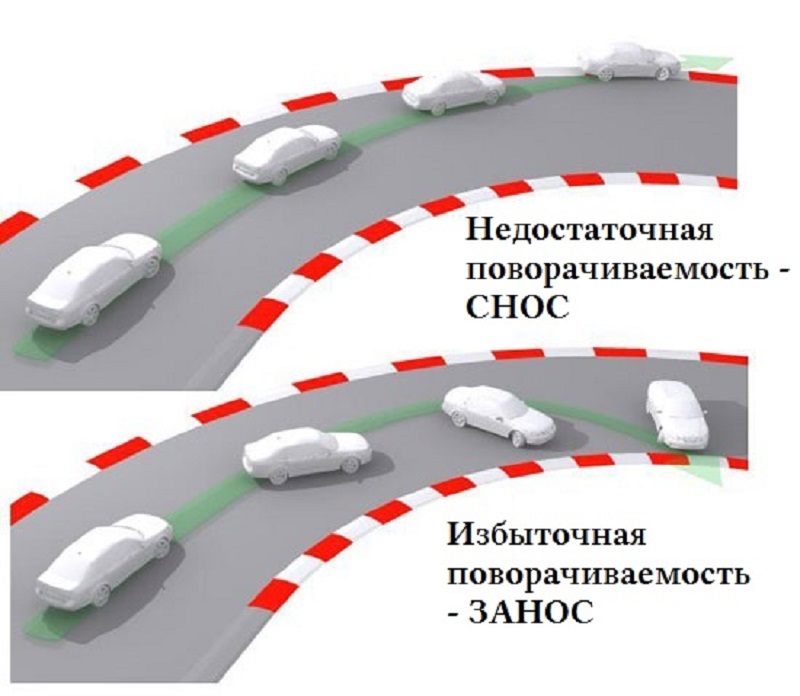


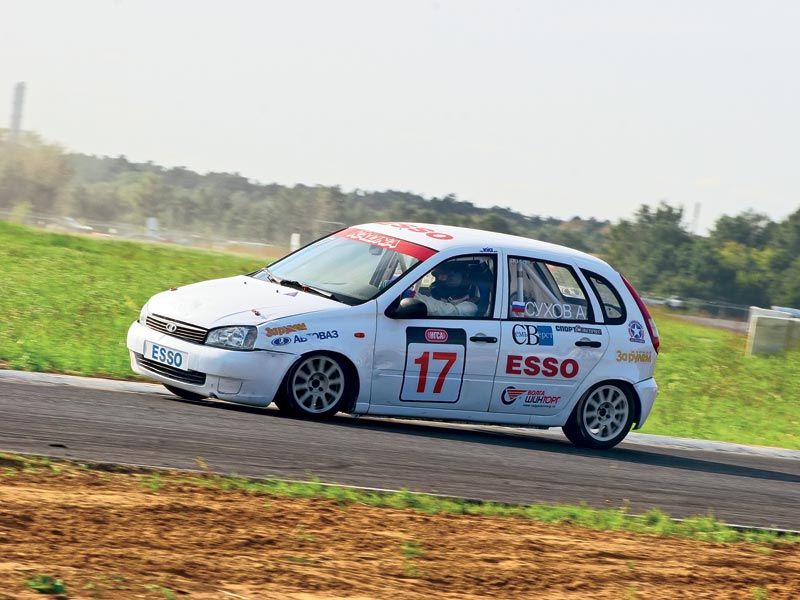

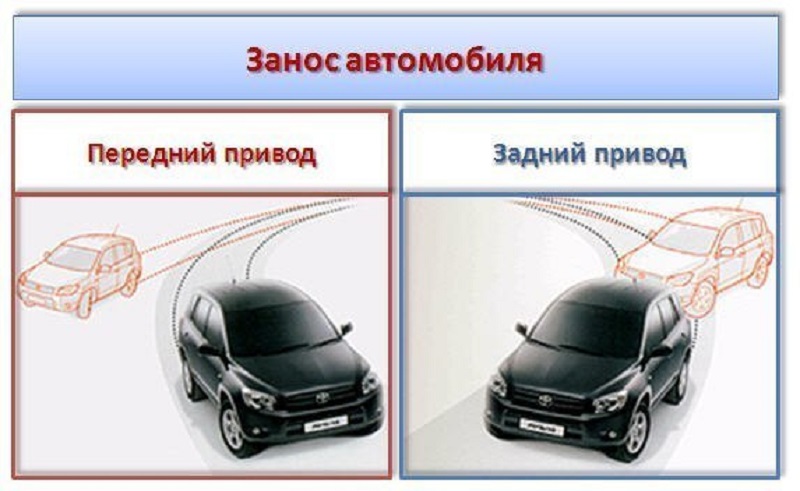
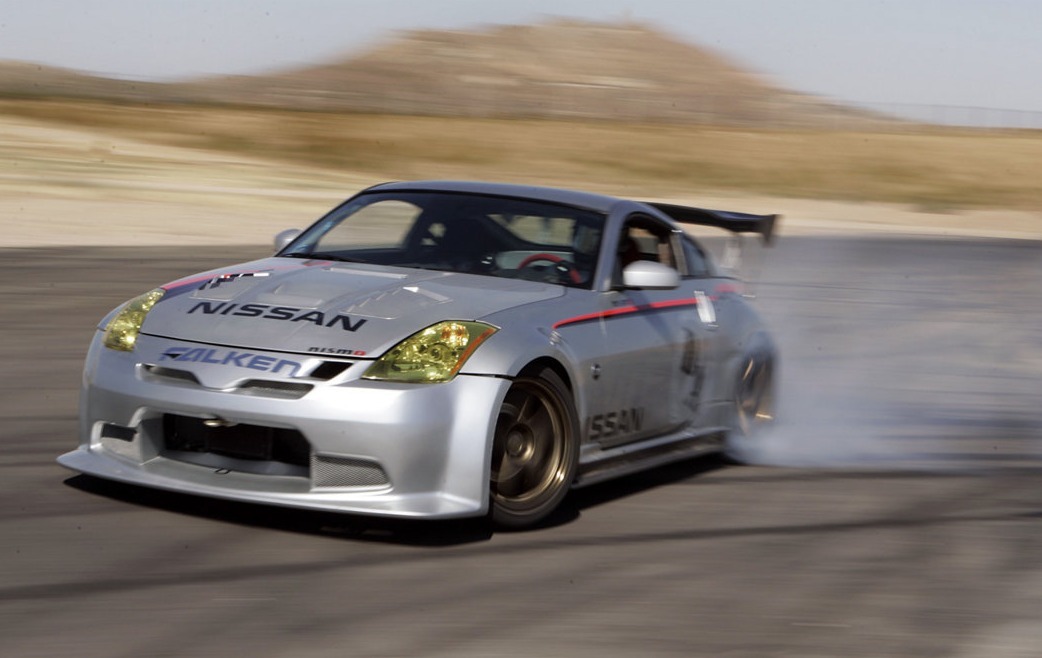
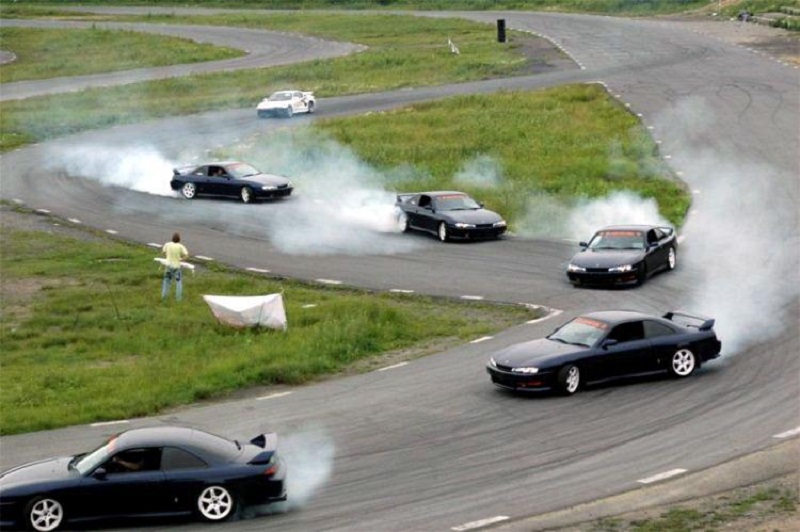
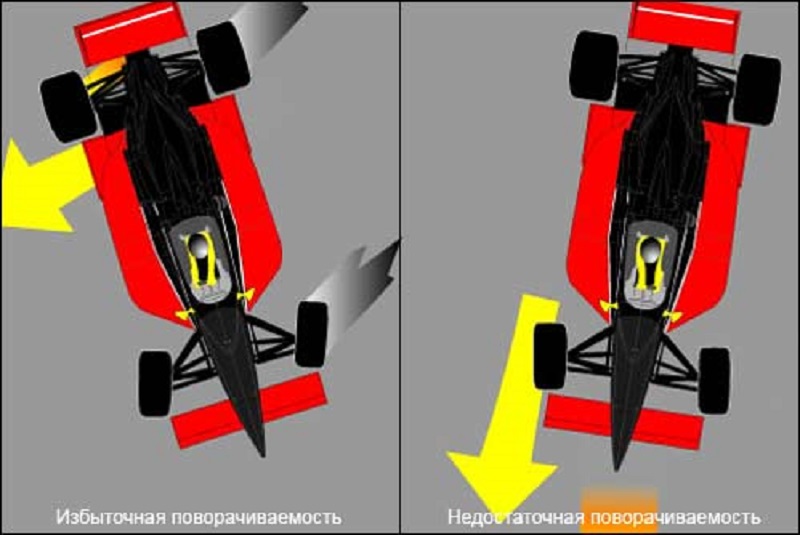
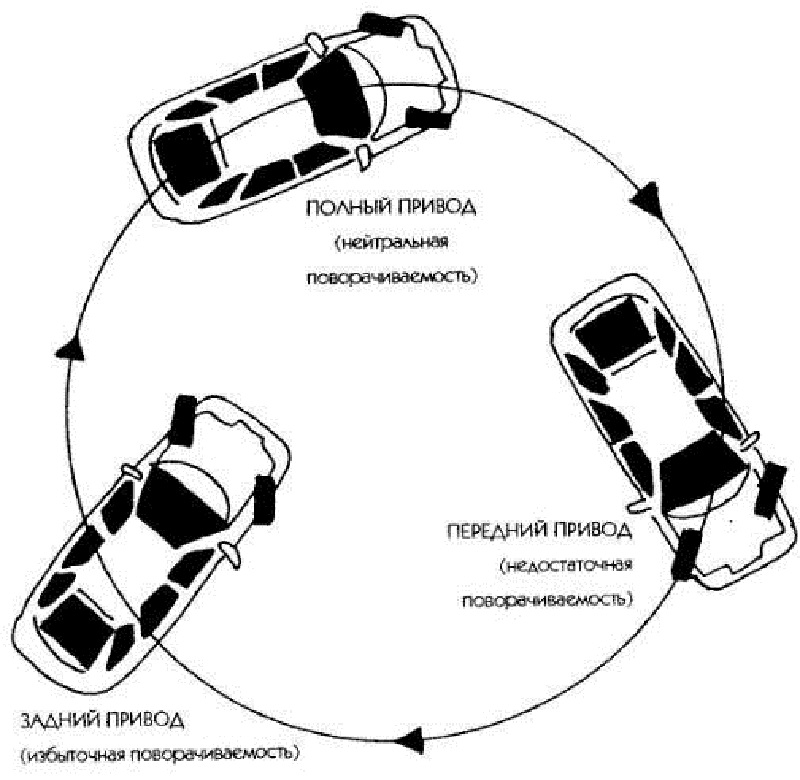

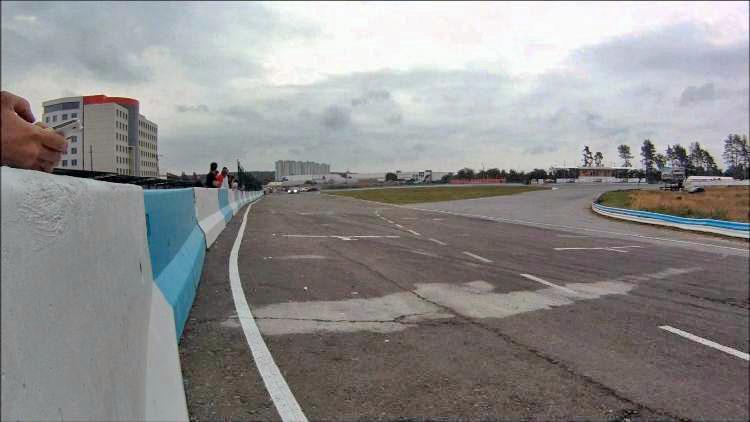
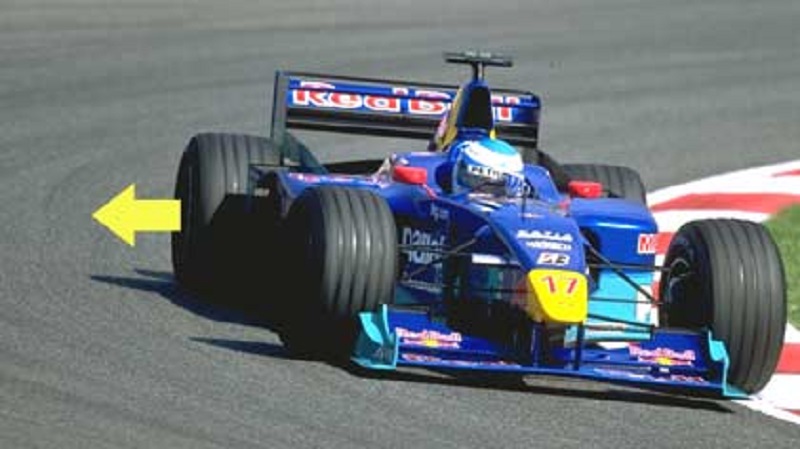
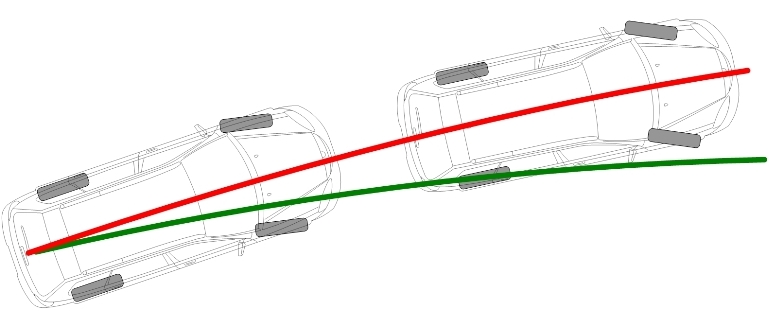
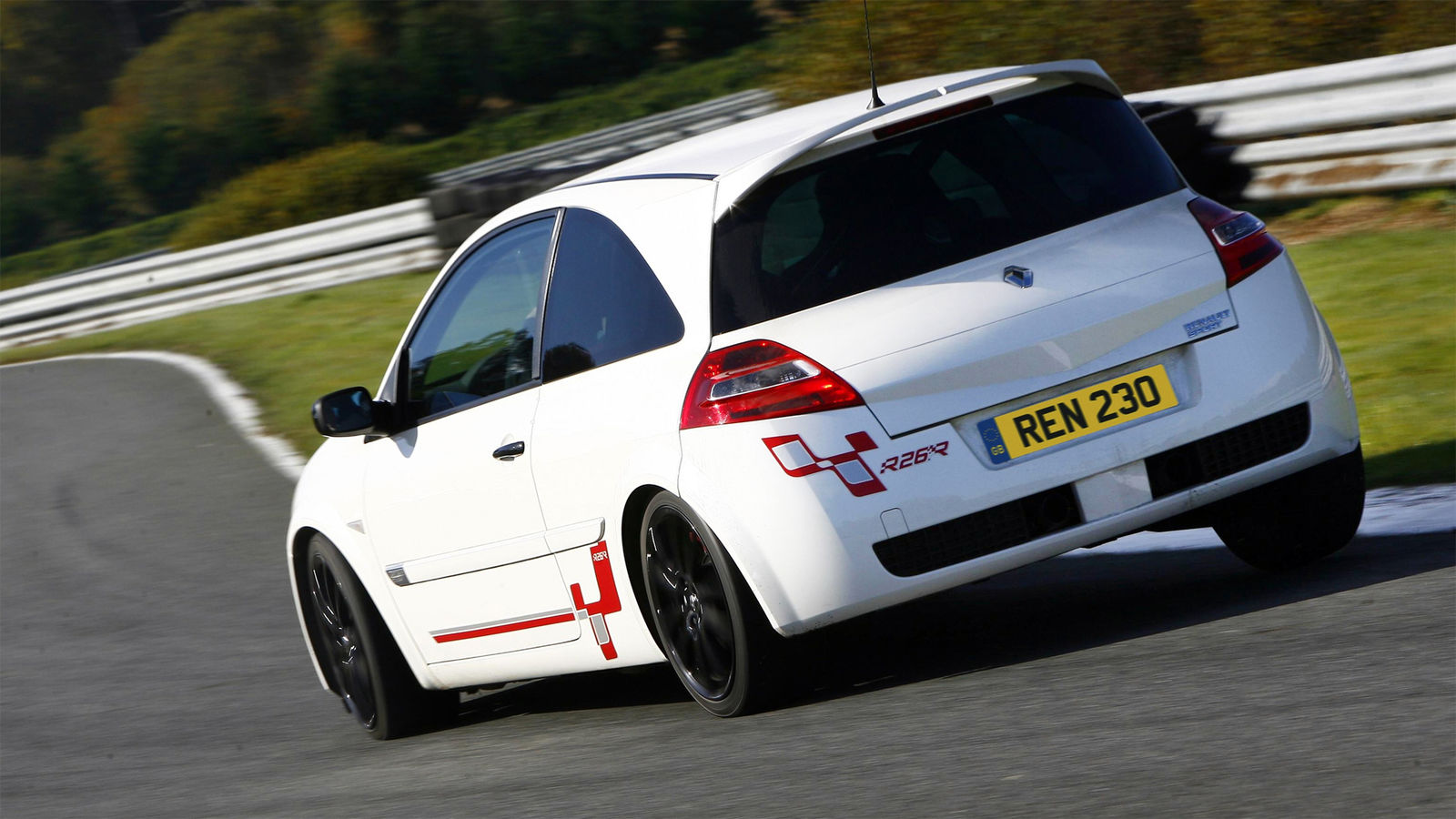

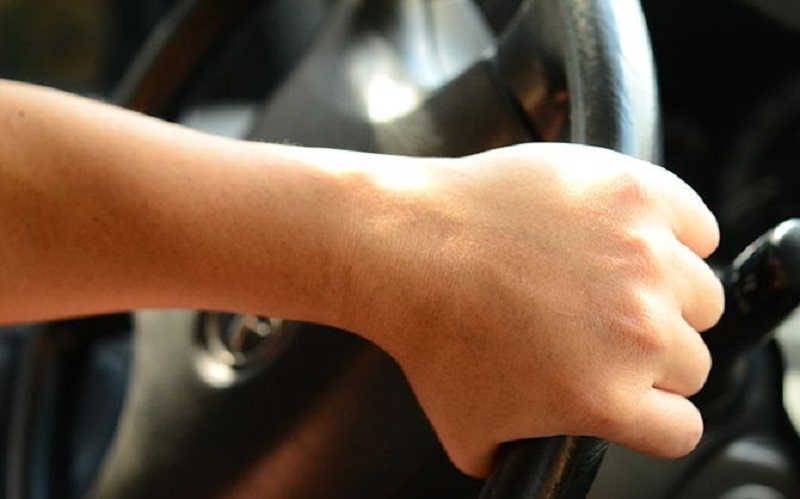
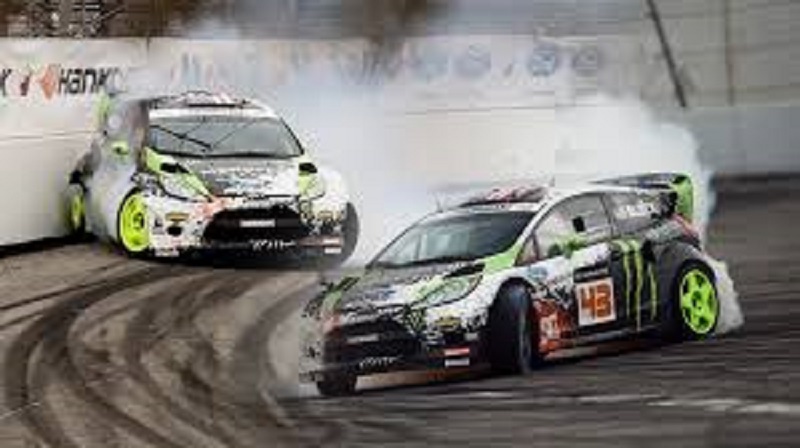
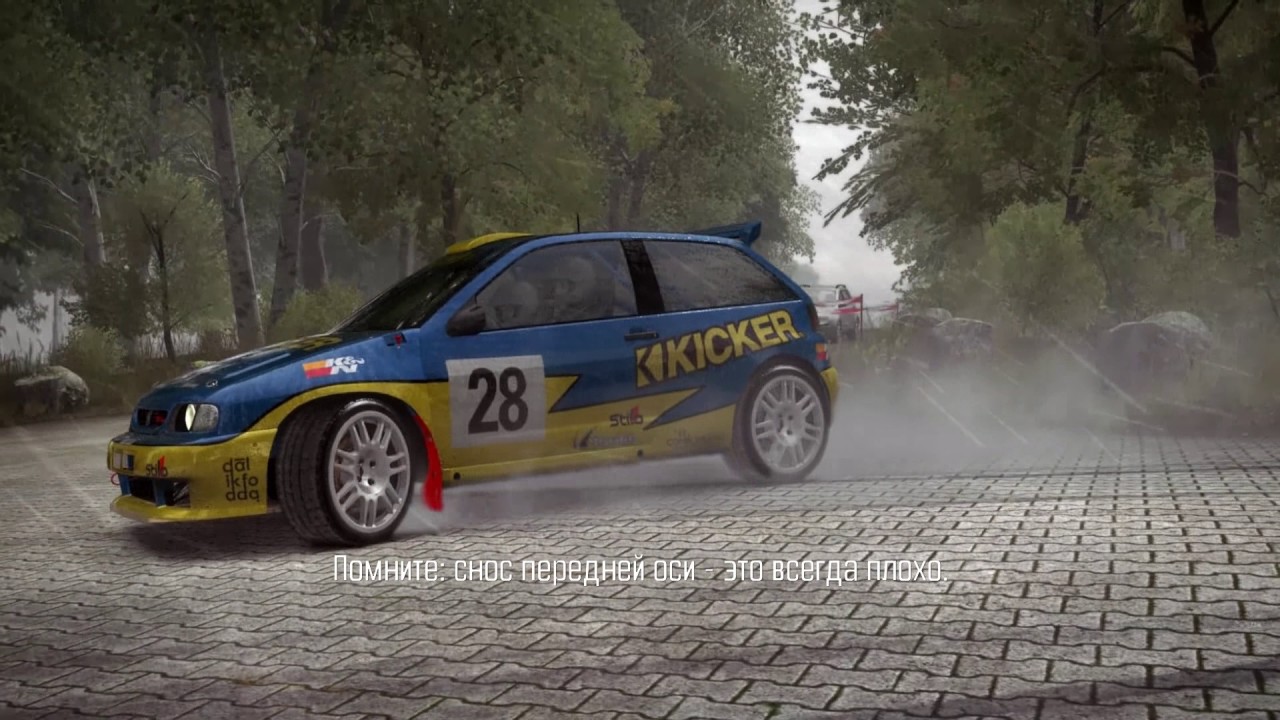
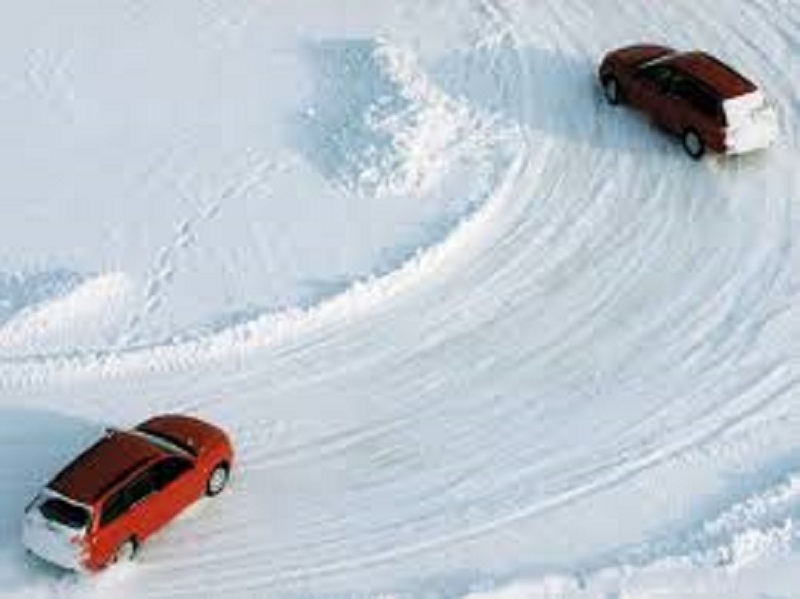






Comments